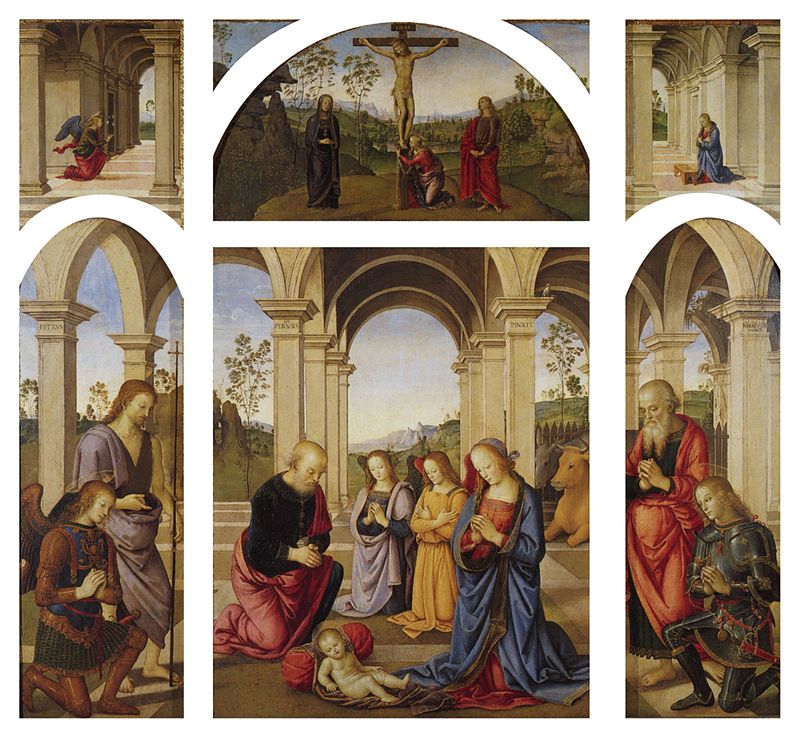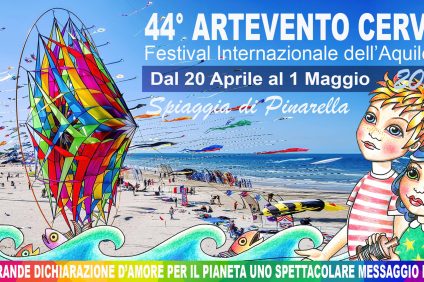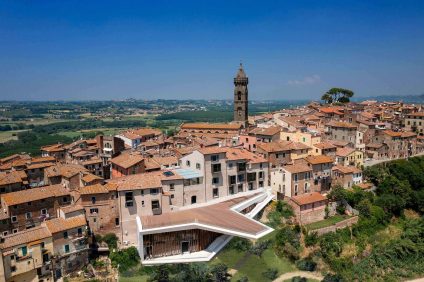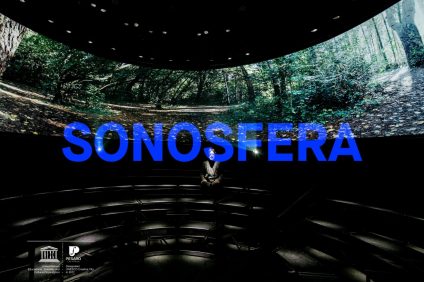This year, 2023, we celebrate the five hundredth anniversary of the death of Pietro Vannucci, ''Perugino'' (Città della Pieve 1446 – Fontignano, Perugia, 1523). The artist is one of the symbols par excellence of the city of Perugia, the greatest exponent of Umbrian painting and great master of the Italian Renaissance. For some months now and until next June 11, the National Gallery of Umbria in Perugia has organized a major exhibition entitled "The best master of Italy. Perugino in his time”, curated by Marco Pierini, director of the National Gallery of'Umbria and Veruska Picchiarelli, curator of the Perugia museum.

Perugino
It is an extraordinary exhibition that gives the artist the role of prominence that the public and his era had assigned him. On display are his major masterpieces, all prior to 1504, the year in which he worked on three commissions that marked the high point of his career. Specifically they are Crucifixion of the Chigi Chapel in Sant'Agostino in Siena, the Struggle between Love and Chastity formerly in Mantua, now in the Louvre in Paris. And it is Marriage of the Virgin for the chapel of the Holy Ring of the Cathedral of Perugia, today in the Musée des Beaux-Arts of Caen in France.

The show with over seventy works outline i key steps in its journey. From first collaborations in the workshop of Andrea del Verrocchio to the Florentine businesses that made his fortune. such as, for example, the three panels of San Giusto alle Mura, now in the Uffizi Galleries, or the altarpiece of San Domenico in Fiesole. Without forgetting the extraordinary portraits for the monumental altarpieces, such as the Galitzin Triptych, now in the National Gallery in Washington.

And the Polyptych of the Certosa di Pavia, largely to the National Gallery of London and exceptionally recomposed for the occasion. And again, the exhibition reflects on the role that Vannucci actually played in the contemporary art scene. In particular in the relationship that bound him to the protagonists of that era. This, geographically following the movements of the painter or of his works through Italy. It is surprising, in fact, how Perugino left deep traces of his teaching in all the localities of the peninsula touched by his activity. From north to south, obviously starting from Umbria and Tuscany, theaters par excellence of his work, as well as headquarters of his workshops in Perugia and Florence.
(Commons Wikimedia images – public domain)





